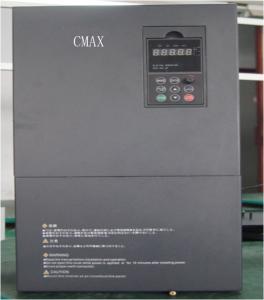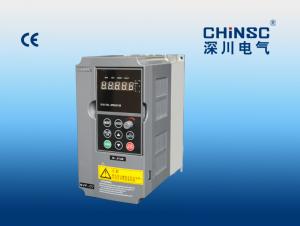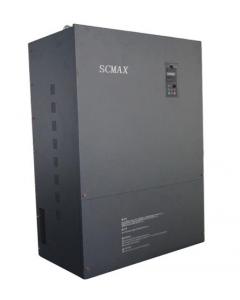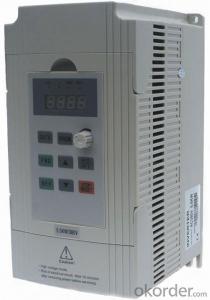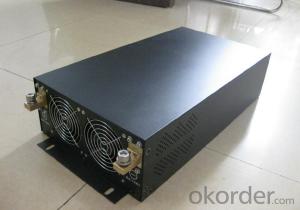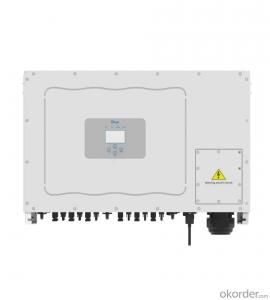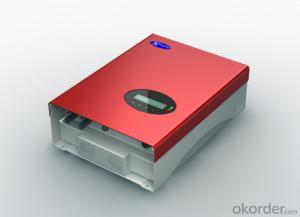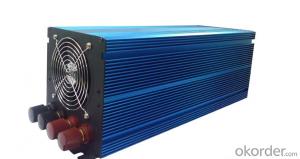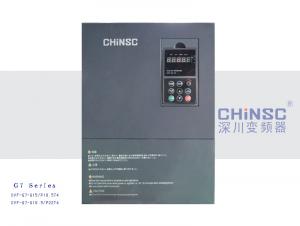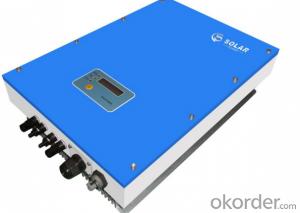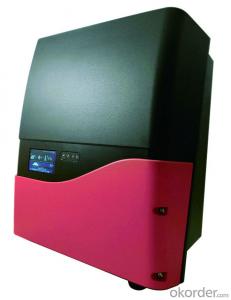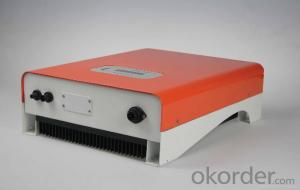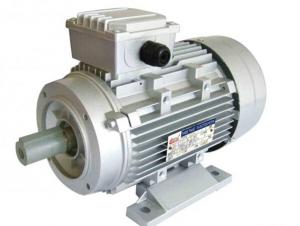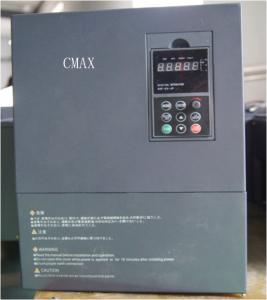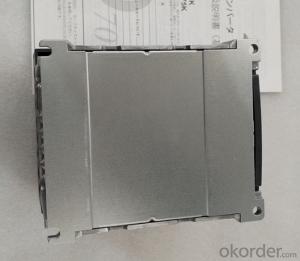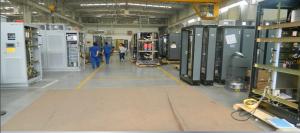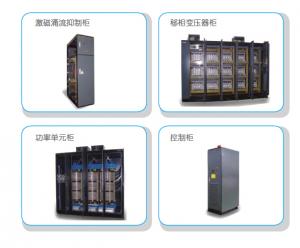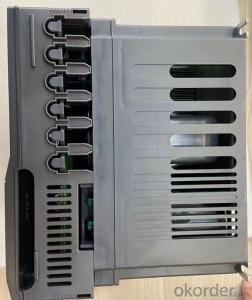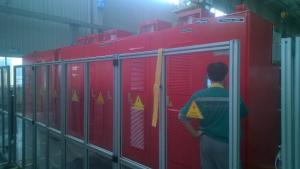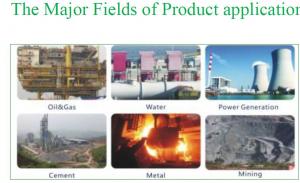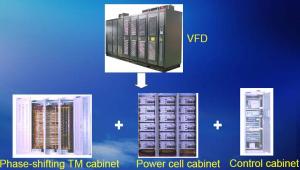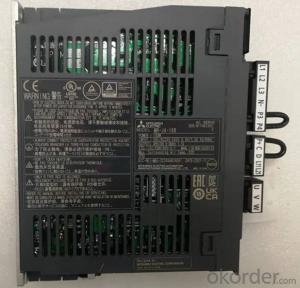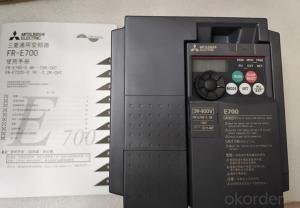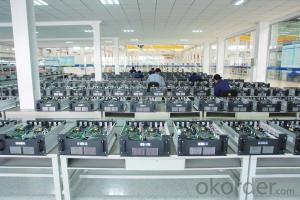3 Phase Solar Inverter
3 Phase Solar Inverter Related Searches
3 Phase Solar Power Inverter Solar 3 Phase Inverter 3 Phase Inverter Solar 3 Phase Solar Battery Inverter Solar Inverter 3 Phase Solar Power 3 Phase Inverter 3 Phase Hybrid Solar Inverter 3 Phase Solar Hybrid Inverter 3-Phase Solar Inverter Three Phase Solar Inverter 3 Phase Solar Micro Inverter 3 Phase Solar Pump Inverter Hybrid Solar Inverter 3 Phase Best 3 Phase Solar Inverter China 3 Phase Solar Inverter 3 Phase Solar Inverter Price Solar Edge 3 Phase Inverter Abb 3 Phase Solar Inverter Solar 3 Phase Inverter Price 3kw Solar Inverter 3 Kilowatt Solar Inverter 3kw Inverter Solar 3ph Solar Inverter 3kv Solar Inverter 3kva Solar Inverter 5 Kw 3 Phase Solar Inverter 3 Kva Solar Inverter Solar Inverter 3 Kw Solar Inverter 3kva 3kw Solar Hybrid Inverter3 Phase Solar Inverter Supplier & Manufacturer from China
3 Phase Solar Inverters are advanced electrical devices that play a crucial role in converting the DC power generated by solar panels into AC power, which can be utilized by the electrical grid or directly by appliances. These inverters are specifically designed to handle the power requirements of large-scale solar installations, ensuring efficient energy conversion and optimal performance.The 3 Phase Solar Inverter finds its application in various scenarios, including commercial and industrial settings, where high power output is necessary. They are commonly used in large-scale solar power plants, as well as in grid-tied systems that require a stable and reliable power supply. These inverters are also suitable for use in off-grid applications, such as remote communities or emergency power backup systems, where they can provide a continuous power supply by harnessing the energy from the sun.
Okorder.com is a reputable wholesale supplier of 3 Phase Solar Inverters, offering a vast inventory of high-quality products to cater to the diverse needs of customers worldwide. With a commitment to excellence, Okorder.com ensures that each 3 Phase Solar Inverter is manufactured to the highest standards, providing reliable and efficient energy conversion solutions for a wide range of applications.
Hot Products
